Embarking on how to Plan a Trip is often quite difficult, especially if you don’t have a huge budget that allows you to stay in luxury hotels, eat in high-class restaurants, and travel in a private car. Nothing is impossible, of course: you need to organize yourself well, be foresighted, follow some simple but fundamental advice, and then set off. Organizing a do-it-yourself trip to India is not very easy, but the experience repays all the effort! We are certainly not the ones who have to tell you why India, despite its charm, its spirituality, and the magic it hides, can hold some uncomfortable surprises if not taken with the right attitude: it is an impoverished country, where hygiene is poor, where some diseases such as dengue and malaria are endemic, it has impressive traffic, scams are often around the corner and you will risk of having to deal with a rigid and lengthy bureaucracy.
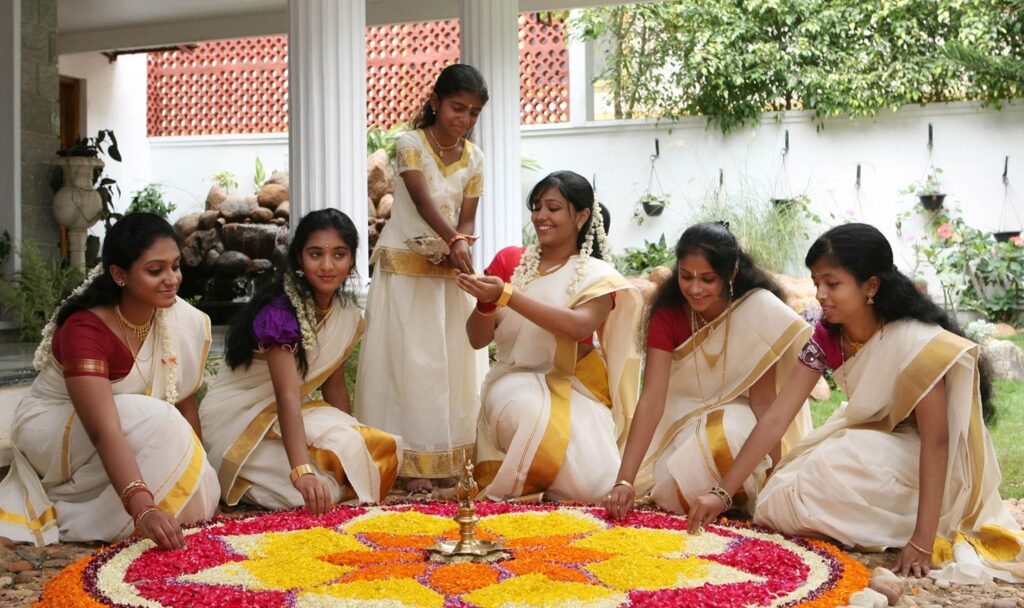
How to Plan a Trip Yourself to India
Given the size of the country, the level of services also changes from area to area: the north and the eastern areas are poorer and therefore a little more demanding, while the south is developing a lot thanks to the IT companies that are colonizing its areas. main towns. But don’t worry: in recent years we have been to India many times, crossing it from north to south and therefore we feel ready to explain how to best organize a do-it-yourself how to Plan a Trip.
In this article we talk about:
- When to go to India and avoid the monsoons
- Obtain a visa for India
- How much does it cost to travel to India
- How to get around on a trip to India
- How to book hotels in India
- Vaccines for a trip to India
- Medicines and medications to bring on a trip to India
- Is India a safe country?
- Clothing for a trip to India
- Buy a data SIM card for internet in India and wifi
- Travel insurance for India
- Indian cuisine
How to Plan a Trip, When to go to India and avoid the monsoons?
Be careful of guides and sites that provide generic advice on the best months to visit India. Not only is the country large, but the presence of high mountain ranges, long coastal areas, rainy seasons, and much more makes it necessary to go into specifics, evaluating when to organize a trip to India by examining the climate and the presence of any monsoons, state by state. For this reason, in our article When to Plan a Trip to India? we have drawn up a practical and streamlined guide so that you can understand which month is the best for your adventure!
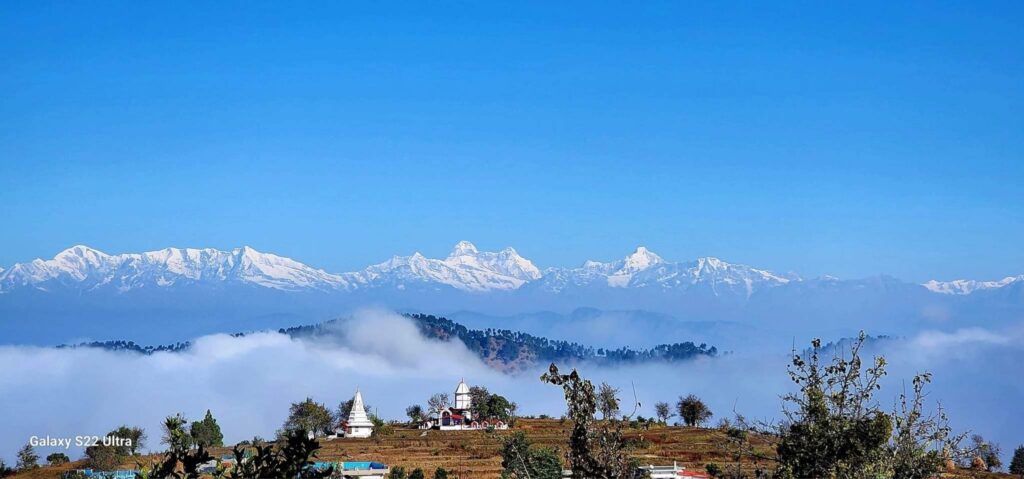
Obtain a visa for India
To enter India you need a visa, the procedures for obtaining one are constantly changing. We will therefore report some general rules, which obviously need to be double-checked and verified, because the procedures are always very rigid and bureaucratically useless. Obtaining a visa for India is not a feat at all, on the contrary, you just need to arm yourself with a little patience to understand how things work.
It is not possible to obtain “on arrival” visas, so it will be necessary to arrive in Indian territory with the visa already in your passport. In 2017 there were at least two big changes in terms of visas for a trip to India. The first is that “classic” visas have almost doubled in price and now cost around 80/90 euros. The second is excellent news: the e-visa was born!
Visa to stay in India 2 months or less
You can apply for the brand new visa online, easy to obtain, cheap and above all you can get it without going to the embassy or contacting any agency.
The e-visa has some limitations: you can only stay in India for two months, you will only have two entries into the country, you cannot visit areas such as Sikkim and you cannot change your arrival airport if you change your flight at the last minute.
The cost for the e-visa is around 50 euros.

How to get e-visa for India? Fill out the form you find on the official website of the Indian Government, carefully and in its entirety (if you are a journalist… avoid writing it on the visa!). Make sure you have at hand when requesting the electronic visa: passport valid for more than 6 months and with 3 blank sides, a scanned passport photo, your return flight plan and a hotel reservation for the first night in India. After filling out the form you will have to pay by credit card and within 5-6 working days your visa will arrive via email.
Visa to stay in India for more than 2 months
If you want to stay in India for more than 60 days (and less than 180, you won’t be able to do more) you will have to apply for a visa most classically, that is, by going to the Indian Embassy or the Indian Consulate after carefully filling out (if you are a journalist… avoid writing it on the visa!) the form you find on the official website of the Indian Government. Make sure you have at hand when applying for a visa at the embassy or consulate: the completed and printed form, your passport valid for more than 6 months and with 3 blank sides, two 5x5cm color passport photos, your flight plan A /R and booking a hotel for the first night in India.
If you don’t want to go to the embassy or consulate personally you will have to rely on an agency: when we had to request a visa while traveling to Indian Visa your country and were very satisfied.
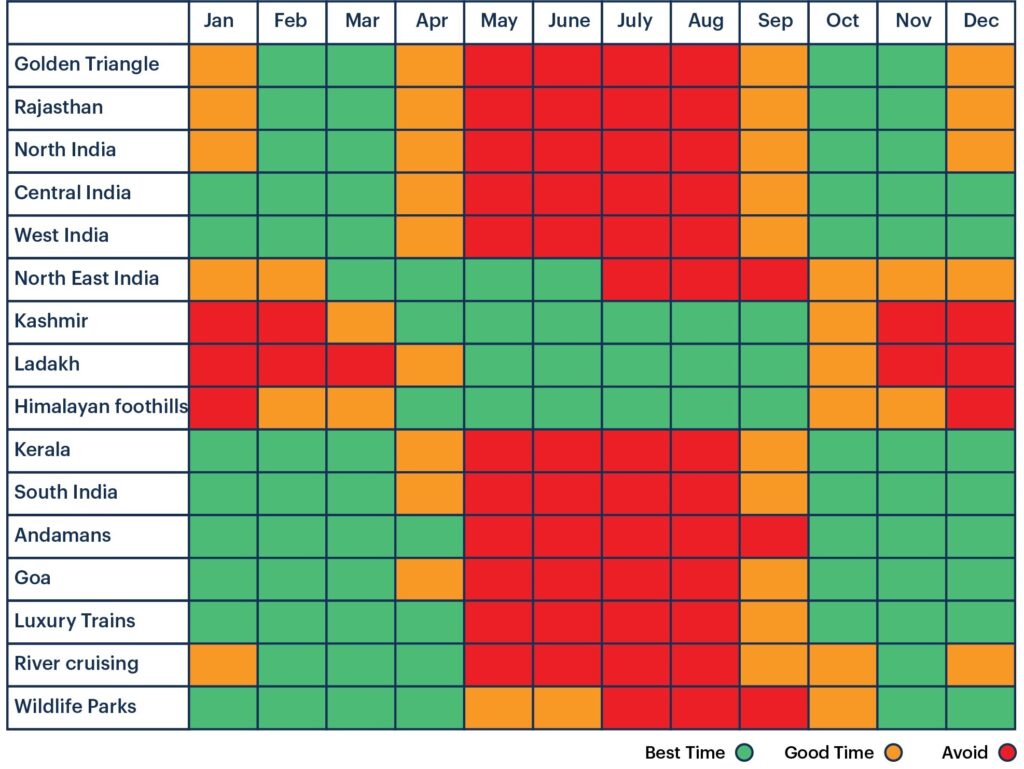
How much does it cost to travel to India
You all know: India is a very economical country. You pay in rupees: the value of the rupee is around 0.0110 euros. That is to say that 90-91 rupees are equivalent to one euro. A double room in a cheap hotel (with decidedly Indian standards) will cost you between 10 and 15 euros (some states are cheaper than others), which can reach 18 – 22 euros if you want air conditioning. Obviously you can go up in price, and therefore quality, as much as you want, even spending several hundred euros per night. Eating on the street or in a cheap restaurant will cost you 3 – 4 euros each. A slightly higher level dinner costs around 5 – 7 euros, maximum. Transport costs very little: in the larger cities the ticket for city buses costs around 15 – 20 euro cents. To move from city to city you will spend around 40 euros for about six to seven hours of travel.
Water is a fairly expensive commodity in India: a 5-litre bottle costs around 2 euro.
Are you like us fans of Indian cinema? You will go to the cinema for 450 rupees, about 5 euros!
Is there anything that costs a lot in India? Yes. Beer for example: if after months of traveling in the country you can’t do without it, you will have a nasty surprise. In Tamil Nadu, for example, a beer in a bar costs around 260-300 rupees, a disproportionate amount compared to the rest. And it won’t be easy for you to find it. Of course, alcohol sales laws change from state to state, or even from city to city, resulting in different prices.
To summarize: during the last visit we spent 5 months in India and the two of us spent, all inclusive (except visas and flights), 1500/1800 euros per month, an average of 100 euros per day.
For further details on how much it costs to travel to India, consult this article of ours with the expenses in detail.

How to get around on a trip to India
Within large cities and towns the most convenient way to get around is by tuk-tuk, those yellow bees that you can’t help but notice the first street you cross. The prices of these auto-rickshaws (as the Indians call them) vary significantly from city to city, with surcharges for night hours and even when it rains. A passage of 3-4 kilometers should hardly cost you more than 50-80 rupees. Bargain without fear, because drivers always start at absurd prices. The taximeter is present on almost all tuk-tuks but we have never seen it in operation.
City buses and trains are super cheap (a ticket is between 15 and 30 rupees depending on the distance), very frequent and equally crowded. Personally we use this solution almost exclusively.
If you don’t want to haggle with taxi drivers or auto-rickshaw drivers, download the Ola Cabs application as soon as you arrive in India, a service that is not only very convenient (in big cities) but which will allow you to save your expenses.
Within the country, therefore from city to city, you travel by train, bus and plane. The railway network is very widespread, a legacy of the English colonial past. We prefer to use the train only for the longest routes (over 10-12 hours), because you can book the sleeper class, which allows you to have a bed and sleep if you travel at night. Remember that in India trains often accumulate 5-6 hours of delay. The site to find your train is India Rail Info, while the site to monitor delays is Train Status.

Trains must be booked well in advance, otherwise you risk not finding a seat: you can do this once in the country at any station. Doing it online is possible, but to get a registration number you will have to fill out a series of forms and hope that nothing goes wrong in the complicated process. If you want to try your luck, here you will find the instructions. In India it is never easy to deal with bureaucracy!
For all other journeys we choose the bus, simply because they are much more frequent: for journeys of 3-4 hours (sometimes even more) you will simply need to go to the bus station, find the platform where your vehicle leaves and get on… we never had to wait more than 5-10 minutes for departure. Long-distance buses, however, must be booked, either at the agency or at the bus station. But, as mentioned, in this case we prefer to travel by train.
Considering the vastness of the country, it is a good idea to make longer journeys by plane: a long list of low-cost (or low-cost) airlines fly to India, connecting the main cities at truly competitive prices.

The main Indian (low cost) airlines or those operating in India.
Indigo
Air Asia
Air India
Vistara
Spicejet
GoAir
When we can, we choose Spicejet, Indigo (excellent) or Air India, Air Asia, Vistara, but it often has higher fares, while we avoid Air India.

How to book hotels in India
How to book hotels in India depends on your budget. If you are traveling low cost, the best solution is to arrive in the city, town where you want to stay overnight and start looking for lodge, guest house and room signs. We advise you against staying overnight near train and bus stations: you will find cheap solutions but with very low standards. Always ask to see the room, to assess whether there are mosquito nets on the windows or whether the latter can be closed hermetically. Examine the bed, because fleas and bed bugs are always around the corner. Don’t be shy about asking to see more than one room, it’s standard practice in India. The online booking solution is not effective for cheap hotels: the photos are often misleading and you will be promised more than you will get. Better to arrive and feel for yourself.
If you are traveling on a higher budget and therefore are ready to spend 40-50 euros per night for a double room you should have go through the travel agency not direct, via travel agency price is cheaper & avoid online booking, some times you find the room online but when you go in the hotel, there are no rooms. Remember, however, that Booking is not very popular in India: they prefer via travel agency, on which you will find many more solutions than the online booking giant that has instead colonized the rest of the world.

Vaccines for a trip to India
Traveling to India does not require any mandatory vaccinations. Nevertheless, we advise you not to leave without having been vaccinated (or having checked that you are OK with boosters) at least for hepatitis A, hepatitis B, typhoid, diphtheria, tetanus, polio, tuberculosis and cholera. For further information and to understand whether or not to take antimalarial prophylaxis, please refer to our article on vaccines and precautions for a safe trip to India.
Medicines and medications to bring on a trip to India
It’s no secret that India’s hygiene situation isn’t the best. On the other hand, the quantity of endemic diseases, such as dengue for example, can scare the most inexperienced traveller. Don’t worry, though: the key word in this case is organisation. Which rhymes with prevention. Packing a broad-spectrum antibiotic, antiemetic drugs, antidiarrheals, and lactic ferments are just some of our emergency kit. Not only that: to avoid getting sick, and therefore stuffing yourself with drugs, it is important to take some precautions from the fundamental one of never drinking tap water (or even brush your teeth with it), to that of not forgetting a good supply of mosquito repellent. But that’s not all in our article medicines and medicines to take on a trip to India, you will find this and much, much more. Let’s say that we have a small advantage… One of our guest is a nurse and she (almost) always knows how to intervene in case of need.
Is India a safe country?
The articles that talk about India as an unsafe country are abundant, as are the prejudices of the majority of the British population who consider it an unsuitable destination, especially for a solo trip. We toured the country far and wide and found extremely friendly people, eager to help you and have a chat. Except for a few small situations we never felt uncomfortable or in danger. In some very touristy areas such as Rajasthan the sellers, & tuk-tuk drivers can be too insistent in offering their services, I suggest you take a guide service with guide you are always safe side. Sometimes you will come to hate them, but they are still harmless. Scams, however, especially in these regions, are just around the corner you would do well not to trust anyone who tells you that he has a friend or relative in England and who asks you to bring him any object, bracelet, necklace or precious stone.
As far as solitary travelers in India are concerned, the matter is slightly more complicated: we absolutely do not feel like advising unaccompanied women and girls against a trip to India (we have met so many of them in our wanderings around the country!), but we believe it is necessary to put them on guard. Absolutely avoid going out at night the streets, except for some areas of cosmopolitan cities such as Mumbai and Bangalore, are completely empty after 11pm, there are few street lights and everything becomes decidedly more dangerous. If you have to travel at night, do so with taxis called from your hotel and make sure you are dropped off as close as possible to the place you need to reach. A little attention and above all appropriate clothing (see next paragraph) will keep you out of trouble.
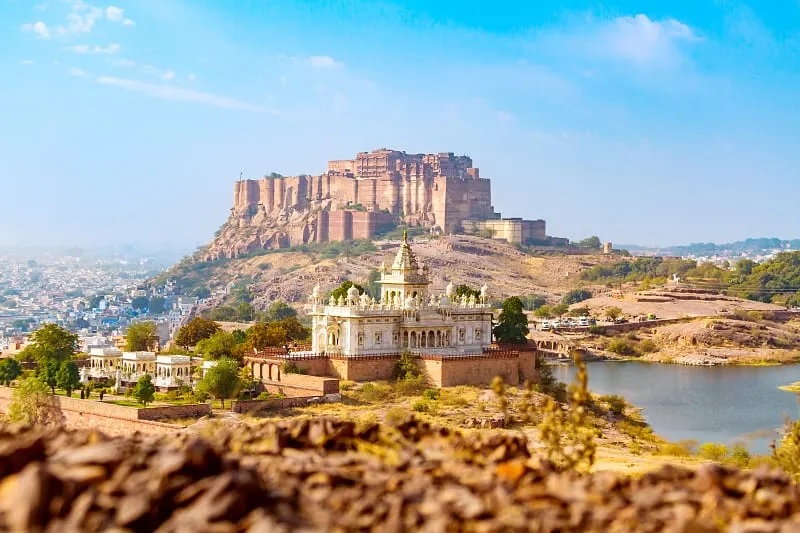
Clothing for a trip to India
How to dress when traveling to India? First of all, being a very large country, the state you visit will substantially change your wardrobe. There is a big difference between visiting the mountains of Himachal Pradesh and the desert of Rajasthan. But now we are not interested in explaining to you whether to put one or more sweaters in your backpack, we simply want to give you some advice to avoid unpleasant inconveniences. First of all, especially if you travel during the monsoon period, don’t forget a scarp and a cape. Remember that in almost the entire country the temperatures are high all year round so, slippers, shorts and a short-sleeved t-shirt. On the other hand, however, to enter the many temples it will be necessary to wear long trousers, don’t forget them at home. Girls would do well to avoid necklines and bare shoulders. They are not well seen and above all they are not very respectful. Likewise they should avoid shorts and short skirts. Wide, long linen or silk trousers that are comfortable and at the same time covering are preferable. Even if you were to go to a state where the minimum temperature does not drop below 30 degrees, don’t forget a sweatshirt, Indians love air conditioning and often set it at 18 degrees in clubs and restaurants. That is to say, influence insured without covering yourself. Then remember that mosquitoes are attracted to dark colors: therefore prefer light-colored clothes.
If slippers are practically the only footwear worn in India, is there a reason? Don’t forget a comfortable pair, with which you can walk even for long distances.
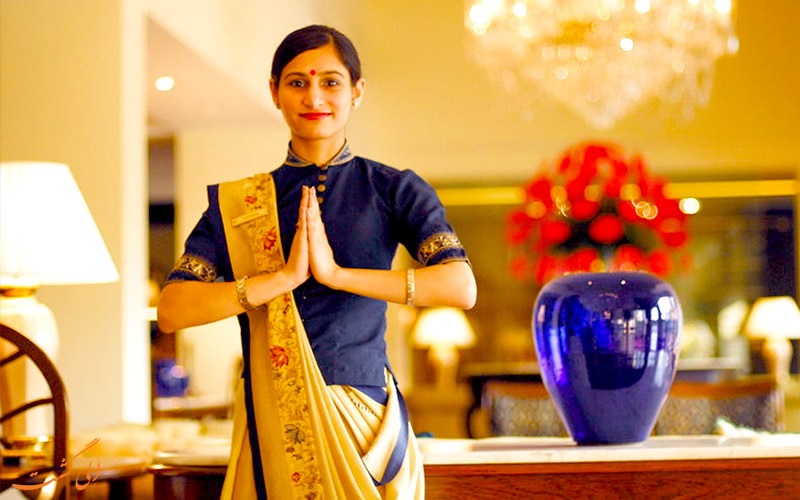
Buy a data SIM card for internet in India and wifi
Whether you stay for a couple of weeks or your trip to India is longer you will need to have internet on your mobile phone: to book a taxi, to check the timetable of a train or your flight, or even simply to use Google Maps, today essential when planning an itinerary in a region or a city. First of all, we recommend that you buy a data SIM for Indian internet, which is very cheap and works practically everywhere: you will find all the information you need in our article on how to buy a data SIM card in India.
If the SIM card data situation in the mobile phone is very good, the same cannot be said for the wifi, low category hotels don’t have it even in the big cities and when it is present it is often very slow or unusable. For this reason we advise you not to rely on wifi but to use an Indian data SIM both to browse from a mobile phone and to work from a PC, using your phone as a hot-spot.
Travel Insurance for India
Nothing will happen… but if it does, it’s better to be prepared. Let’s say that Indian traffic, the poor hygiene of restaurants and hotels, and the wide range of diseases that can be contracted even just from an insect bite, are sufficient reasons not to leave for India without good travel insurance. We undoubtedly rely on World Nomads, which for many reasons we consider the best. We explain why in the article how to choose the best travel insurance.

Indian Cuisine
How do you eat in India? And above all, what do you eat? It would be very pretentious to summarize in a few lines the cuisine of a country with (almost) one and a half billion inhabitants with regional variations that change within a few kilometers. Before leaving you to our in-depth analysis, however, we must warn you that except in the larger cities, it is not easy to find Western food and it would also be stupid to look for it. The flavors of Indian cuisine are strong, the food in India is rich in coriander, cardamom, chilly, the snacks you will find on the street are fried and greasy… a trip to India is smells and flavors, but not all European are ready for a culinary experience like this you can try to ask for “non-spicy” cooking, but often your wishes will not be satisfied. The best advice we can give you is to completely abandon yourself to these invasive flavors and you will soon be won over.




